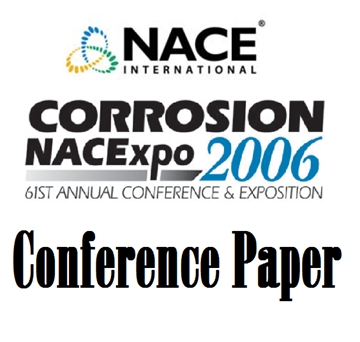Search
02132 Chloride induced stress corrosion cracking and pitting corrosion of a stainless steel X2CrNiMo18-14-3 heat exchanger of a pulp plant
Also Purchased
02131 ENVIRONMENTALLY ASSISTED CRACKING IN THE PULP AND PAPER INDUSTRY
Product Number:
51300-02131-SG
ISBN:
02131 2002 CP
$20.00
02130 EFFECT OF ANTHRAQUINONE ON CORROSION IN A CONTINUOUS DIGESTER
Product Number:
51300-02130-SG
ISBN:
02130 2002 CP
$20.00
06497 EFFECT OF WELDING RELATED MICROSTRUCTURE ON STRESS CORROSION CRACKING SUSCEPTIBILITY IN CAUSTIC SOLUTIONS
Product Number:
51300-06497-SG
ISBN:
06497 2006 CP
$20.00




